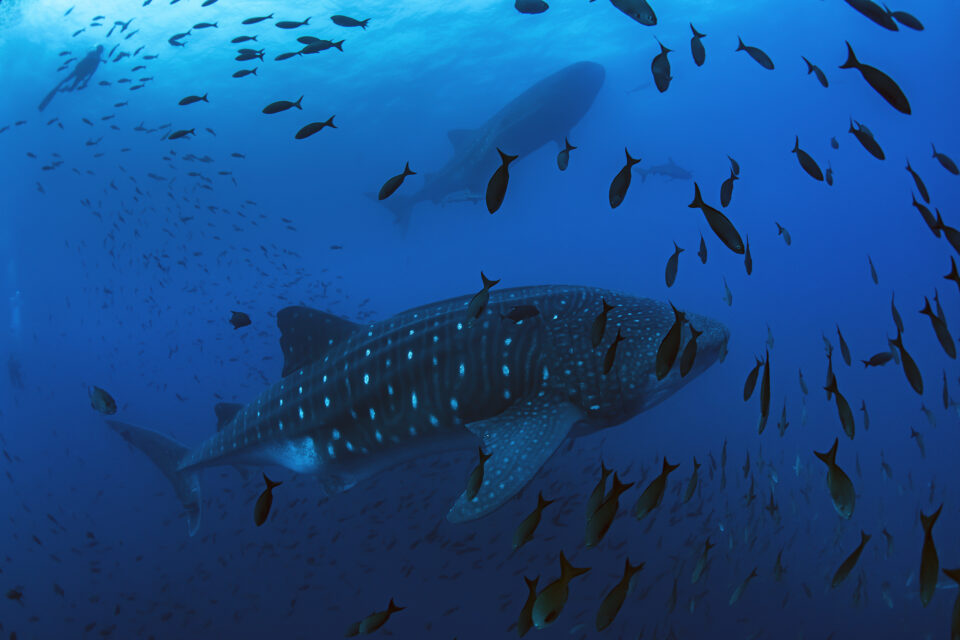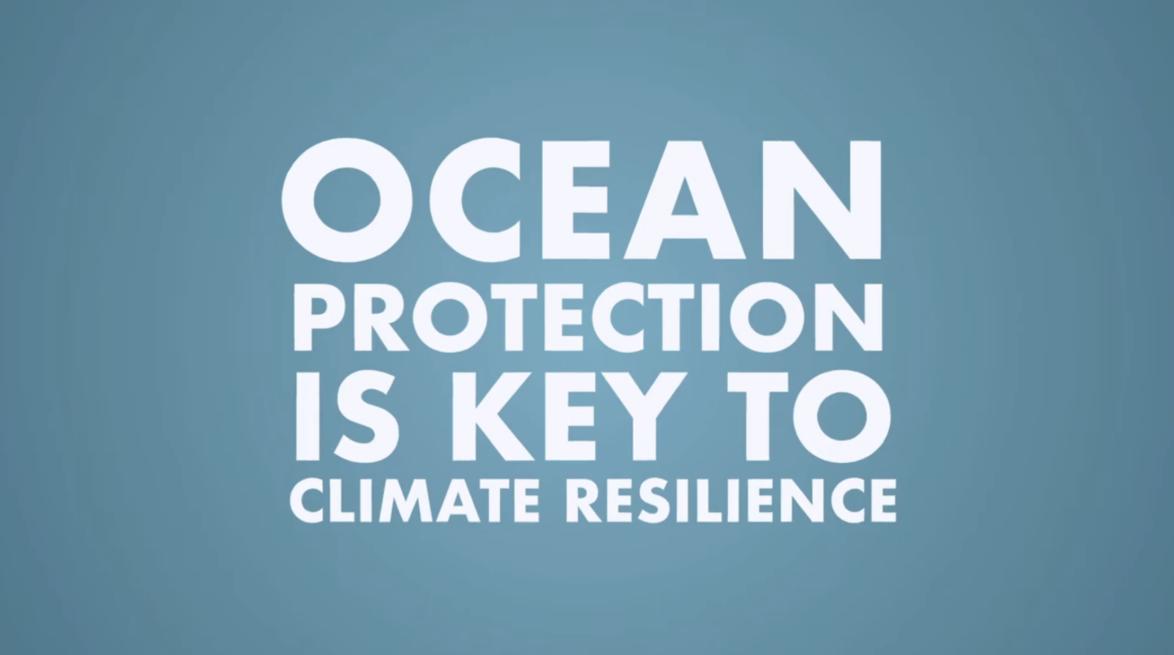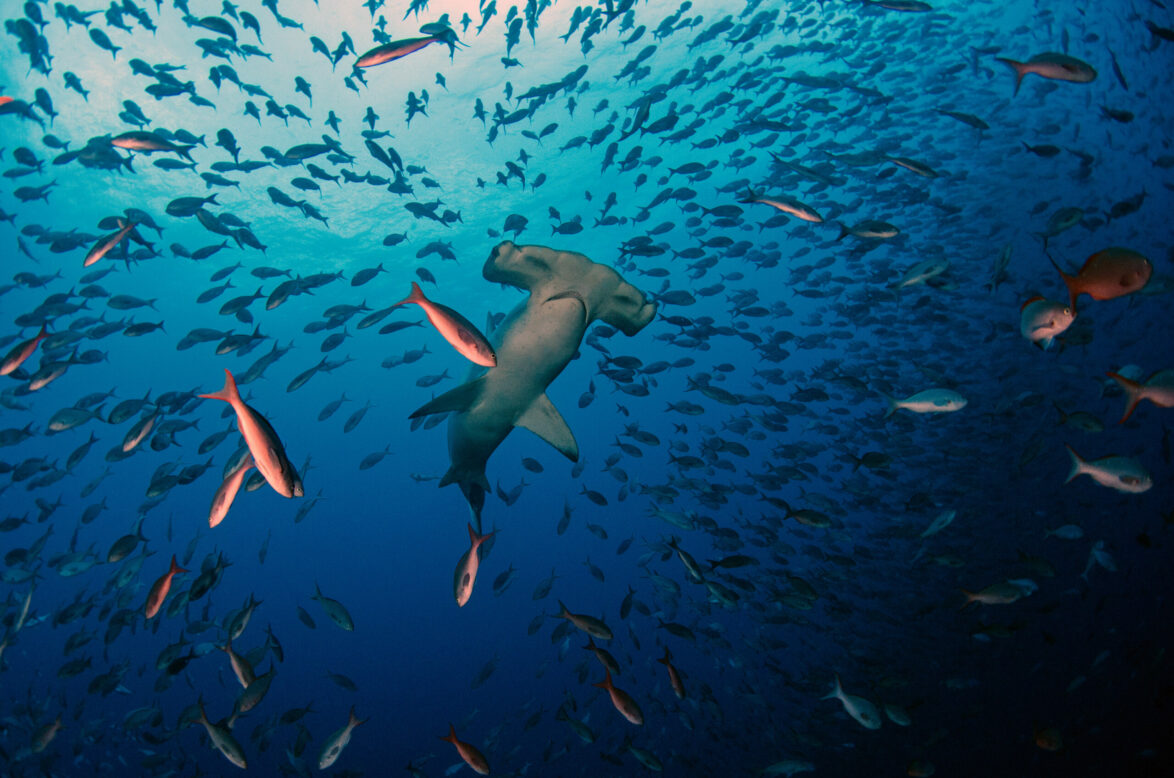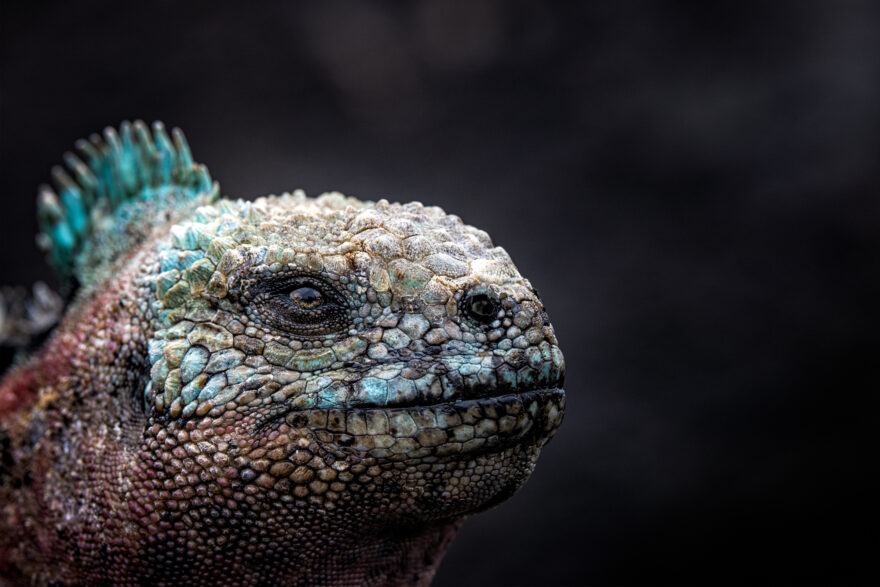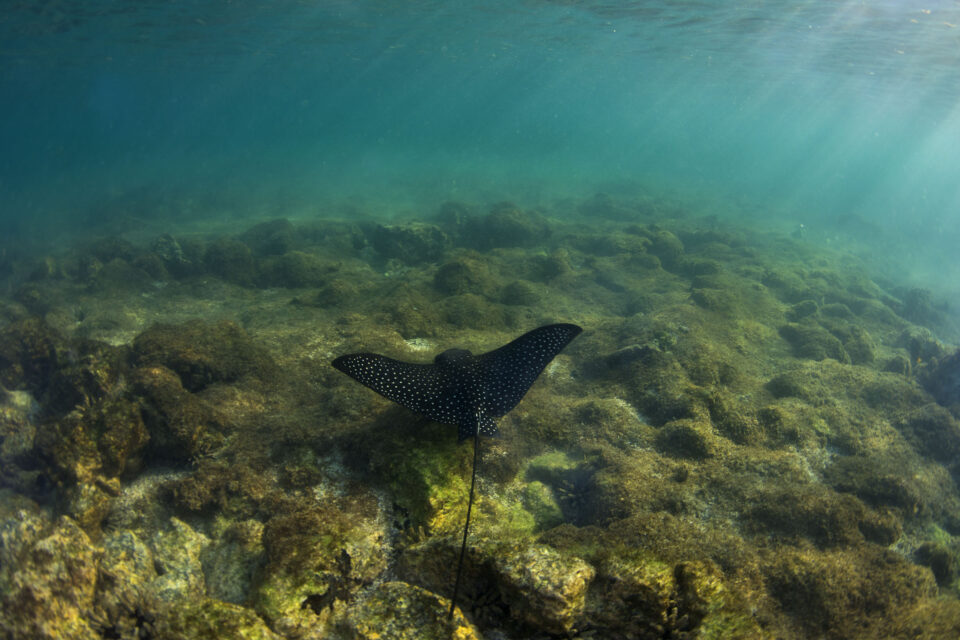

Signing of the Executive Decree to expand the Galapagos Marine Reserve
Following the announcement of the expansion of the Galapagos Marine Reserve at COP26, the President of Ecuador, Guillermo Lasso, signed the official decree in the Galapagos Islands today.
The new marine reserve, called the Hermandad Reserve, will add 60,000km² to an existing 138,000km², including a 30,000km² no fishing zone on the Galapagos-Cocos Swimway route and a 30,000km² no long line fishing zone northwest of the current Galapagos Marine Reserve boundary.
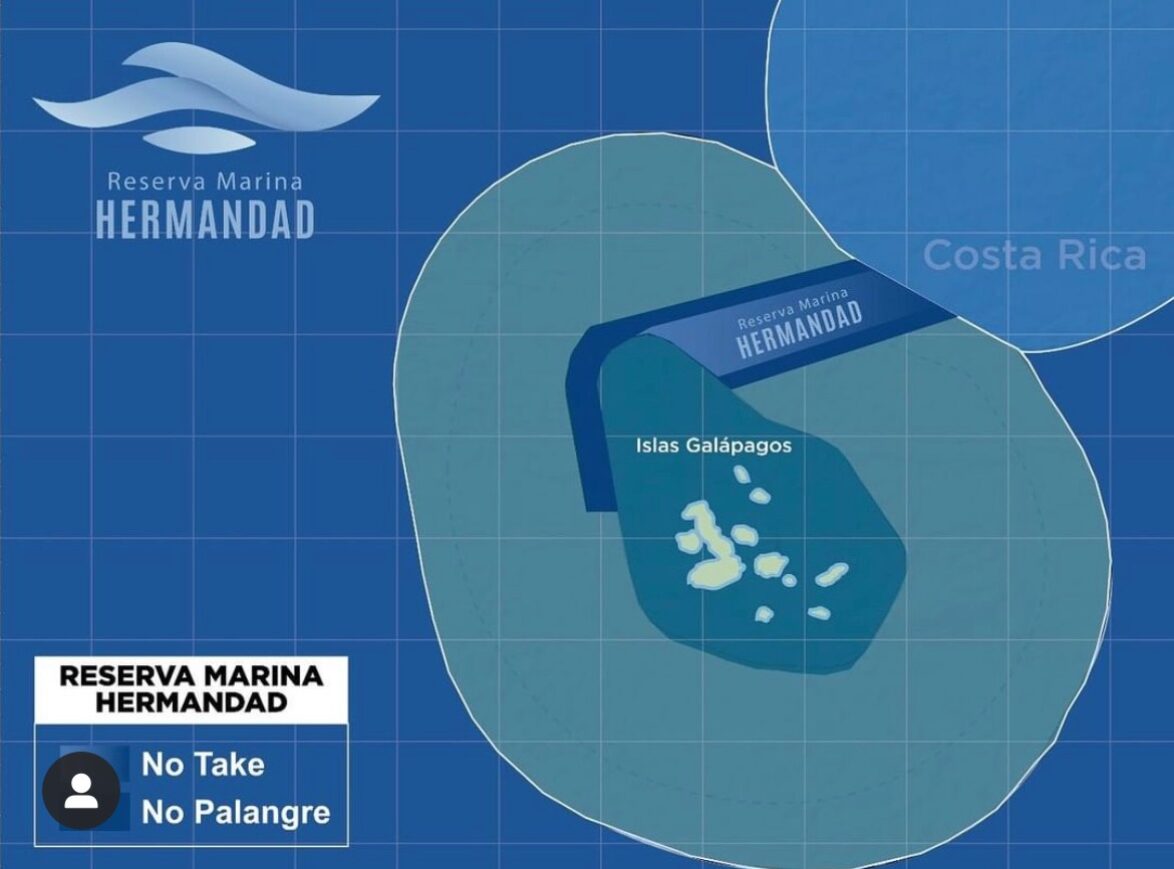
The President stated the expansion “demonstrates our determined commitment to advance towards an ecological transition that will allow for economic, productive, and sustainable development”.
Ocean protection is key to climate resilience in Galapagos – unsustainable fishing and plastic pollution are exacerbating climate change impacts in Galapagos. The creation of the expanded protected area means increased protection for vulnerable or threatened migratory species such as sharks and turtles. It helps in mitigating the impacts of climate change through blue carbon capture. In parallel, the Government states that the fishing sector will also benefit from a spill-over effect, which increases total biomass through the conservation and regeneration of fishing resources.
The Government of Ecuador has adopted a policy of ‘Ecological Transition’ towards a circular, resilient and low-emission economy; a big step towards this is the expansion of the marine reserve. The government will structure a debt swap for nature conservation to achieve this critical step. In addition, there have been months of dialogue to bring onboard the artisanal fishers and the international fishing fleets, who agree on the importance and benefits of expanding the protected areas.
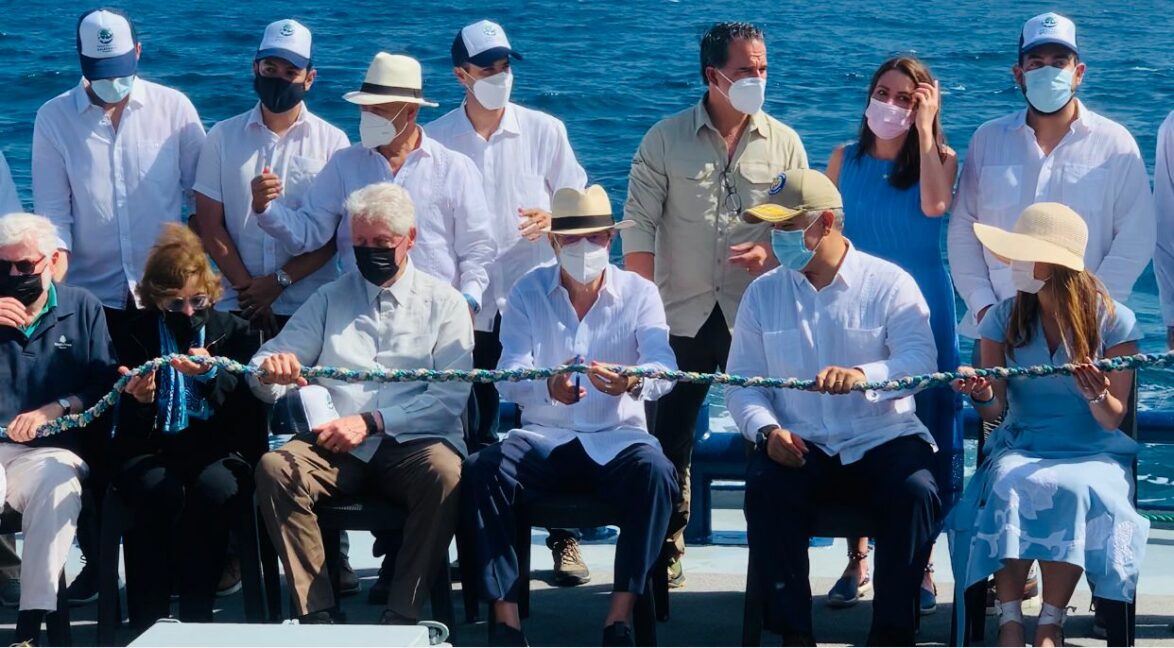
We are delighted by today’s inaugural event. GCT and our partners have worked tirelessly to gather vital evidence and advocate for increased protections of the Galapagos Marine Reserve for many years.
We believe the expansion of the GMR is a massive leap in the right direction, but our work doesn’t stop here. Action is now needed to turn these plans into effective implementation and enforcement – only then will we be sure of the protection of the endangered migratory species, including Critically Endangered scalloped hammerhead sharks.
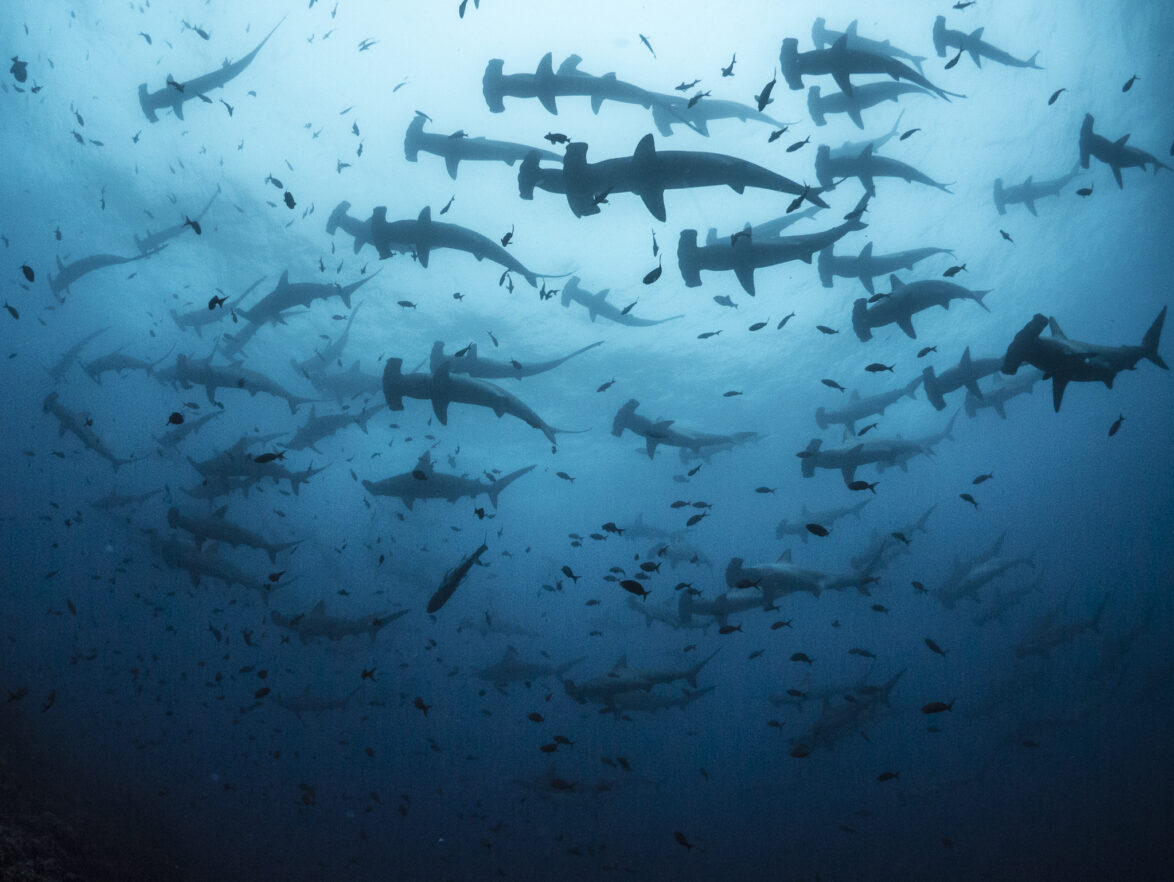
GCT is working towards a more sustainable vision for the Galapagos Marine Reserve. We want to increase the resilience of the Galapagos artisanal fishery to the threats of climate change and marine plastic pollution. By protecting the environment, we can help stabilise climate change and, in turn, protect the wildlife of Galapagos, local livelihoods and the ecosystem services needed by the international community.
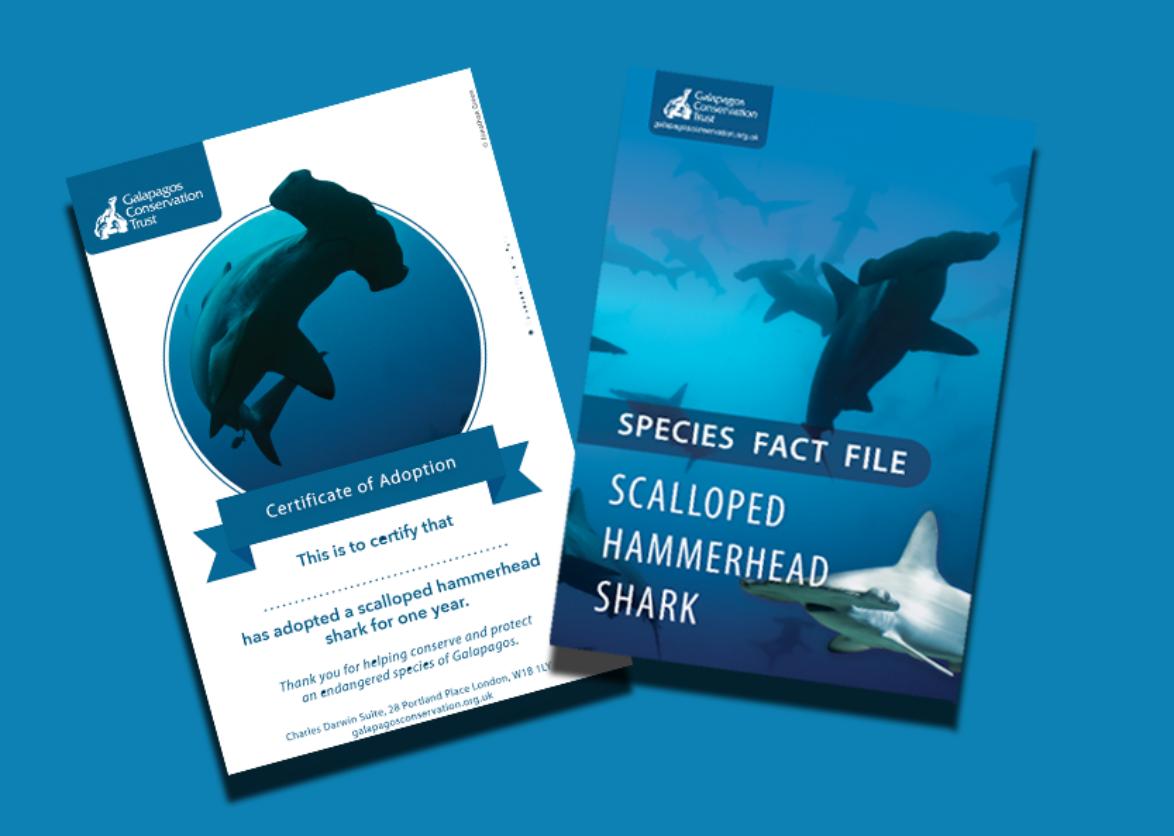
Adopt a hammerhead shark
Support our ocean protection work by adopting a scalloped hammerhead shark. Postal adoption pack includes a fact file and a personalised certificate printed on 100% recycled paper, plus a soft toy.
Join the fight to protect our oceans
When you become a member of Galapagos Conservation Trust, you will be joining an incredible group of people helping to preserve and protect these precious islands and their unique flora and fauna.
Related articles

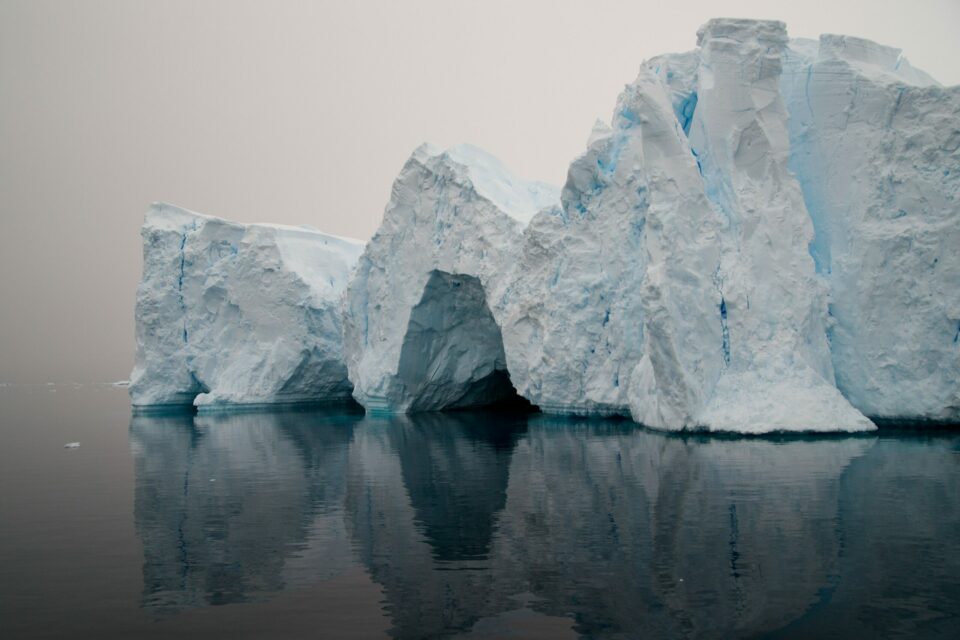
Galapagos and the Antarctic: A look beneath the surface
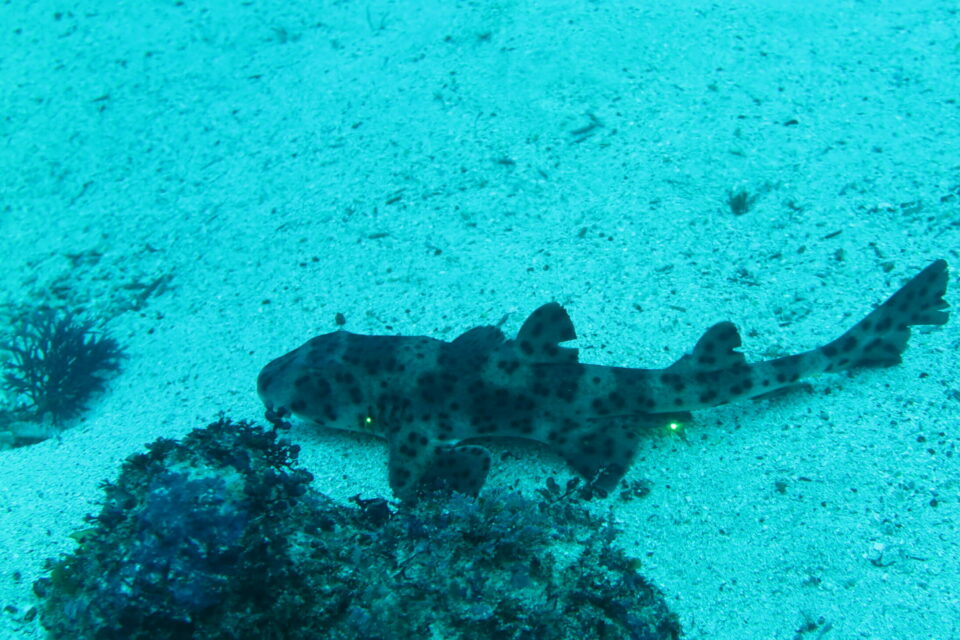
Galapagos Bullhead Shark Project: Citizen science in the Galapagos Marine Reserve
